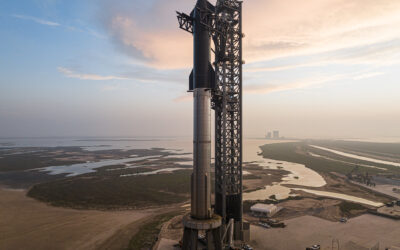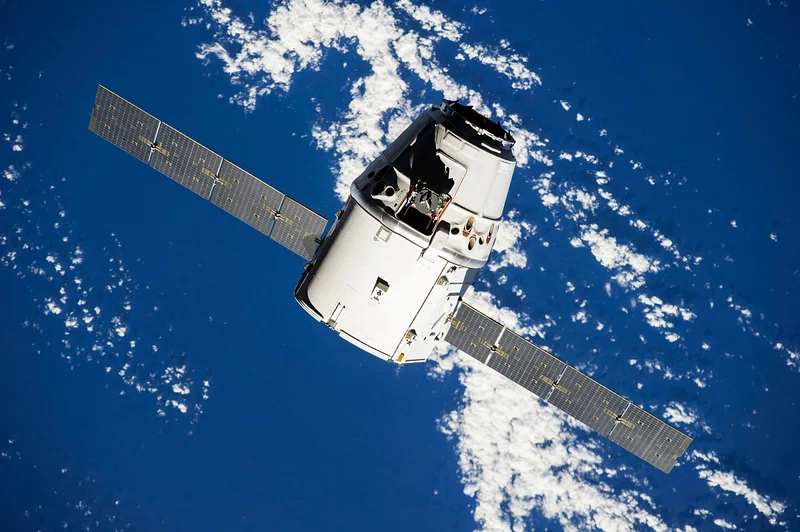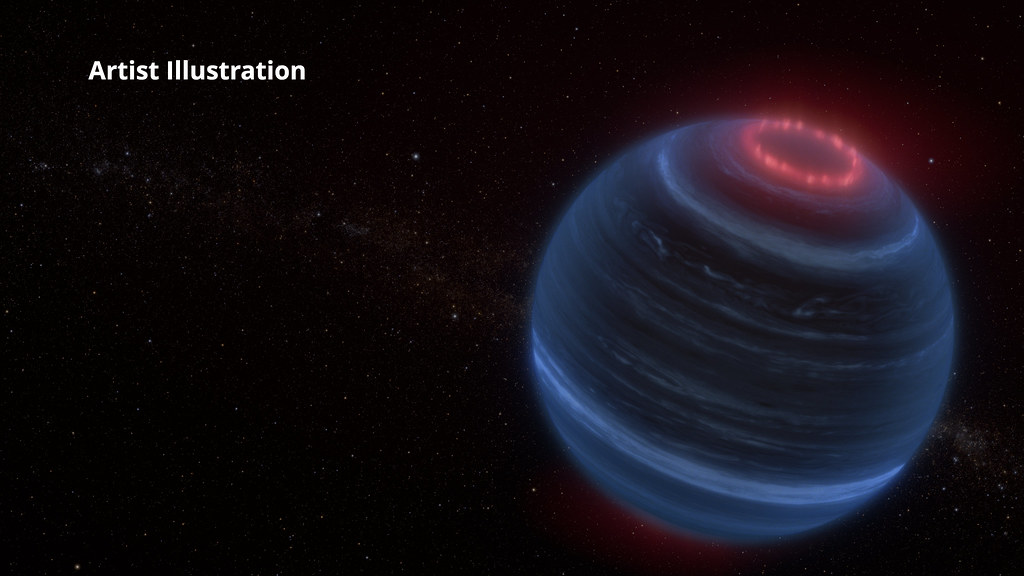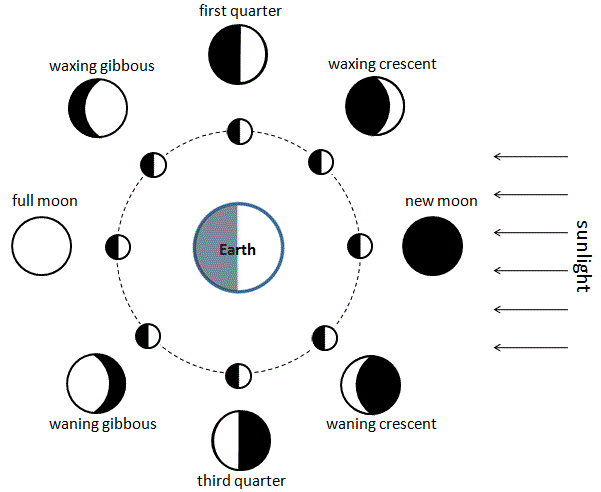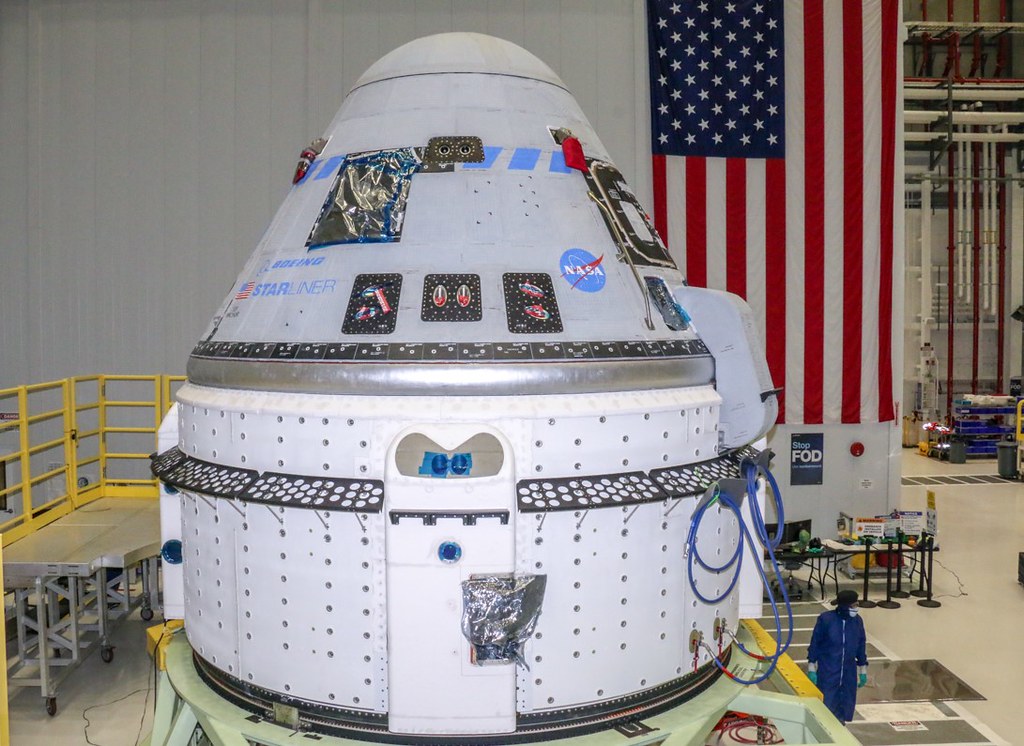Saturn V vs Starship :Comparing the 2 Legendary Giants of Space Exploration
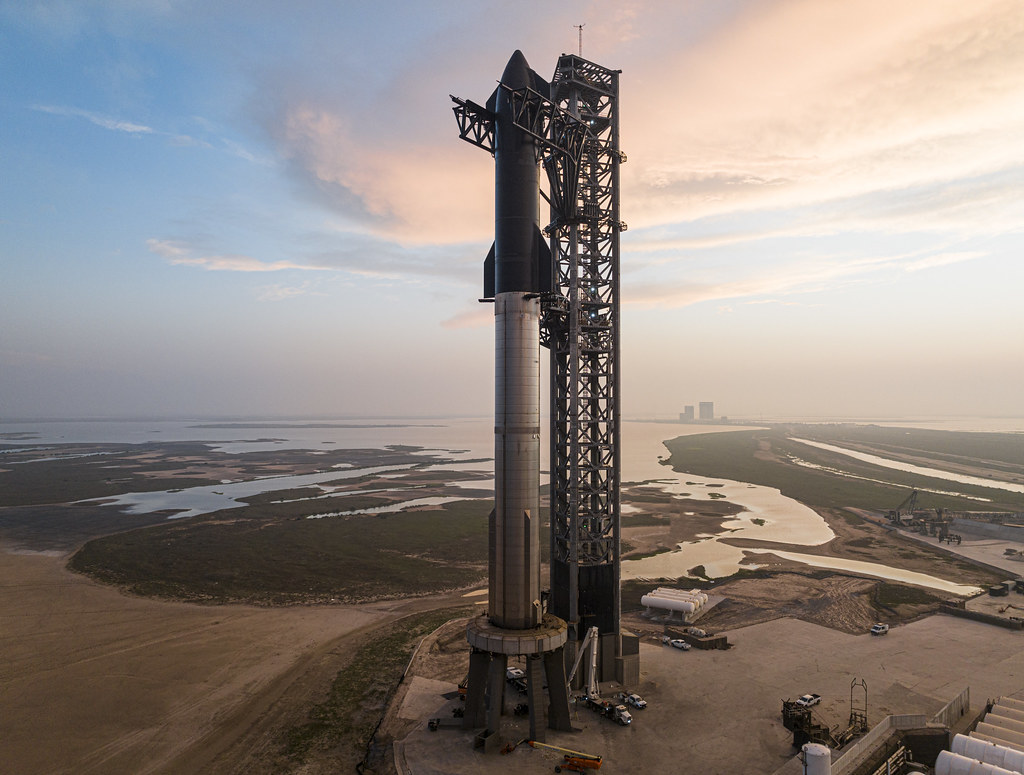
Table of Contents
saturn v vs starship
Comparing the Saturn V to the Starship reveals a fascinating contrast between the historic achievements of the Apollo era and the innovative, forward-looking approach of SpaceX towards interplanetary exploration and colonization.
The Saturn V, a towering symbol of human determination and technological prowess, propelled astronauts towards the moon, culminating in the iconic landing of Apollo 11 in 1969. In contrast, the Starship, with its sleek design and emphasis on reusability, embodies a new era of space travel. Developed by SpaceX, led by visionary entrepreneur Elon Musk, the Starship promises to revolutionize access to space, with ambitions that extend far beyond Earth’s orbit. As we compare these two iconic rockets, we witness not only the evolution of technology but also the enduring spirit of exploration that drives humanity to reach for the stars.
Saturn V : Saturn V vs Starship
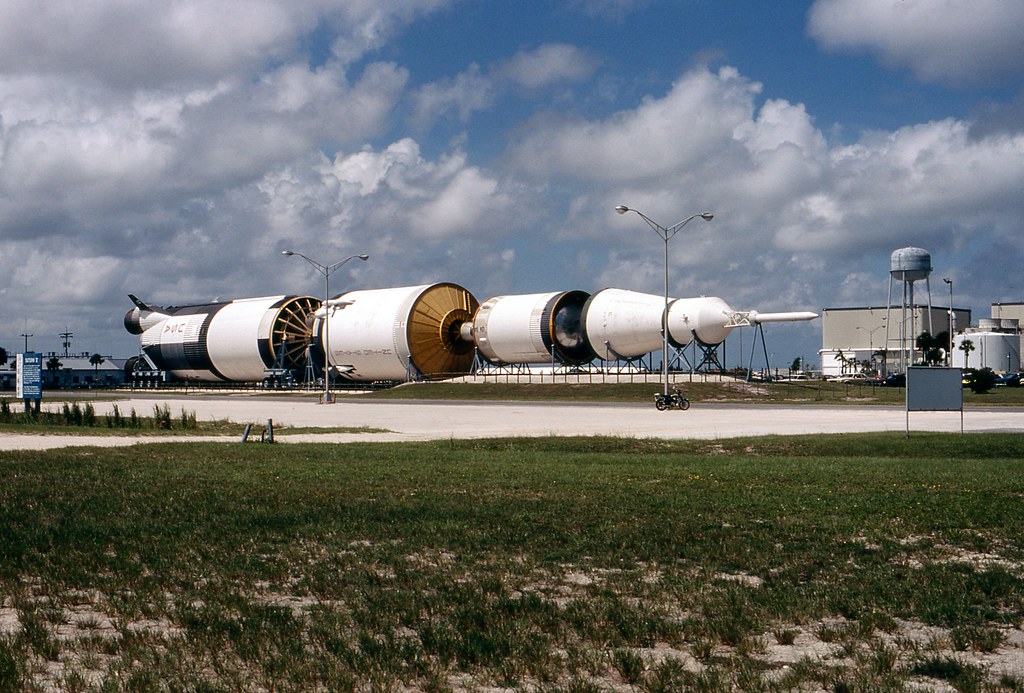
In the discussion of “Saturn V vs Starship,” NASA’s Saturn V remains an iconic symbol of human ingenuity and the pinnacle of 20th-century space exploration technology. Saturn V, developed for the Apollo and Skylab programs, was the largest and most powerful rocket ever built at the time. Standing 363 feet tall and generating 7.6 million pounds of thrust at launch, Saturn V was a three-stage, expendable rocket designed to carry astronauts to the Moon. Its first stage used RP-1 and liquid oxygen as fuel, while the second and third stages used liquid hydrogen and liquid oxygen, making it capable of sending heavy payloads beyond Earth’s orbit.
The rocket successfully launched 13 missions between 1967 and 1973, including the historic Apollo 11 mission that first landed humans on the Moon. In contrast to SpaceX’s Starship, Saturn V was designed for single-use, emphasizing power and reliability for its era’s ambitious lunar missions. This comparison in the “Saturn V vs Starship” debate underscores the evolution from the monumental achievements of Saturn V to the innovative, reusable design of Starship, reflecting the advancements and changing priorities in space exploration technology over the decades.
Starship : Saturn V vs Starship

In the discussion of “Saturn V vs Starship,” SpaceX’s Starship represents a significant leap forward in space exploration technology. Starship, designed as a fully reusable spacecraft, is intended for a wide range of missions, including crewed missions to Mars and beyond.
The vehicle consists of two stages: the Super Heavy booster and the Starship spacecraft. The Super Heavy booster, powered by Raptor engines fueled by liquid methane and liquid oxygen, provides the necessary thrust to escape Earth’s gravity. The Starship spacecraft, also equipped with Raptor engines, is capable of carrying up to 100 passengers or 100 metric tons of cargo, and it is designed to be rapidly reusable, drastically reducing the cost per launch.
In contrast to Saturn V, which was a marvel of its time with a focus on lunar missions and a single-use design, Starship aims to revolutionize space travel by enabling sustainable, long-term human presence in space. This comparison highlights the advancements in aerospace technology over the past decades, emphasizing the shift towards reusability and cost-efficiency in the “Saturn V vs Starship” debate.
Saturn V vs Starship: Development History
In the “Saturn V vs Starship” debate, exploring the development histories of these groundbreaking rockets provides a fascinating insight into the evolution of space exploration technology. NASA’s Saturn V, developed in the 1960s, was a monumental achievement that enabled humanity’s first steps on the Moon. In contrast, SpaceX’s Starship, which began development in the early 2010s, represents the cutting-edge of modern aerospace engineering with its focus on reusability and cost-efficiency. This comparison highlights the distinct paths, challenges, and innovations that have shaped each rocket, reflecting the shifting priorities and technological advancements in the quest to explore beyond our planet.
| Feature | Saturn V | Starship |
|---|---|---|
| Developer | NASA | SpaceX |
| Development Start | 1961 | Early 2010s |
| Primary Visionary | Wernher von Braun | Elon Musk |
| Initial Concept Name | Saturn series rockets (evolved from Redstone and Jupiter rockets) | Mars Colonial Transporter, Interplanetary Transport System |
| Key Propulsion | F-1 engines (first stage), J-2 engines (second and third stages) | Raptor engines (both stages) |
| Fuel Type | RP-1 (kerosene) and liquid oxygen (first stage), liquid hydrogen and liquid oxygen (second and third stages) | Liquid methane and liquid oxygen |
| Prototype Testing | Unmanned test flights (Apollo 4 and Apollo 6) | Starhopper, SN (Serial Number) series |
| Notable Milestones | First crewed flight: Apollo 8 (1968), First Moon landing: Apollo 11 (1969) | High-altitude flight and landing of SN15 (May 2021) |
| Design Evolution | Evolved from earlier Saturn I and Saturn IB designs | Iterative design with rapid prototyping |
| Testing Approach | Extensive ground tests and unmanned missions prior to crewed missions | Frequent testing with iterative design improvements |
| Development Challenges | Engineering challenges in propulsion and materials, financial investment | Rapid prototyping, achieving reusability, scaling production |
| Key Development Sites | Marshall Space Flight Center, Kennedy Space Center | SpaceX’s Boca Chica facility, Texas |
| First Successful Crewed Mission | Apollo 8 (1968) | Planned for future missions (TBD) |
| Significance | First rocket to enable human lunar missions | Aims to make human life multiplanetary |
This table highlights the distinct paths taken in the development of Saturn V and Starship, showcasing the differences in their design philosophies, testing approaches, and key milestones.
Development History of Saturn V
In the “Saturn V vs Starship” debate, understanding the development history of Saturn V sheds light on its monumental role in space exploration. The Saturn V rocket was developed by NASA’s Marshall Space Flight Center under the direction of Wernher von Braun.
Its development began in 1961, driven by President John F. Kennedy’s goal of landing a man on the Moon before the decade’s end. The rocket’s design evolved from earlier rocket concepts, including the Redstone, Jupiter, and Saturn I rockets.
The Saturn V featured advanced engineering to handle the immense thrust required for lunar missions, employing innovations in propulsion, structural design, and fuel systems. The first stage (S-IC) was powered by five F-1 engines, the most powerful single-chamber liquid-fueled rocket engines ever developed. The second stage (S-II) used five J-2 engines, and the third stage (S-IVB) employed a single J-2 engine to complete the journey to lunar orbit.
The rocket underwent rigorous testing, including unmanned test flights such as Apollo 4 and Apollo 6, before successfully launching the crewed Apollo 8 mission in 1968, which orbited the Moon. The development of Saturn V was marked by intense research, engineering challenges, and significant financial investment, ultimately culminating in the successful Apollo 11 mission in 1969 that fulfilled Kennedy’s vision and solidified Saturn V’s place in history.
Development History of Starship
In the “Saturn V vs Starship” debate, examining the development history of SpaceX’s Starship highlights its innovative approach to modern space exploration. The development of Starship began in the early 2010s, initially envisioned as the Mars Colonial Transporter and later known as the Interplanetary Transport System. Elon Musk, the founder of SpaceX, announced the project with the ambitious goal of making human life multiplanetary.
Central to Starship’s development is the Raptor engine, which uses liquid methane and liquid oxygen, offering higher efficiency and reusability compared to traditional rocket engines. Prototypes like the Starhopper and subsequent iterations, such as the SN (Serial Number) vehicles, underwent extensive testing, including high-altitude flights, engine burns, and landing maneuvers. Notable milestones included the successful high-altitude flight and landing of SN15 in May 2021, demonstrating significant progress in achieving rapid reusability.
The integration of the Super Heavy booster, designed to provide the necessary thrust for Starship to reach orbit, represents another critical phase in its development. The combined Starship system aims to be fully reusable, significantly reducing the cost per launch and enabling a wide range of missions, from satellite deployment to crewed missions to Mars.
The development process has been iterative, with rapid prototyping and frequent testing allowing SpaceX to refine the design quickly. The development of Starship, characterized by its focus on reusability, scalability, and cost-efficiency, marks a significant evolution in space exploration technology, contrasting with the single-use design of Saturn V and reflecting the changing priorities in the “Saturn V vs Starship” debate.
Saturn V vs Starship: Design and Specifications
Saturn V vs Starship: Design and Specifications
Saturn V vs Starship encapsulates the dramatic advancements in rocket engineering from NASA’s Apollo-era Saturn V to SpaceX’s futuristic Starship. Both rockets represent significant milestones in space exploration, showcasing the evolution of design philosophies and technological capabilities. In this section, we delve into the intricate design and specifications of each, highlighting how their unique features serve their respective missions and the broader goals of human spaceflight.
Saturn V vs Starship: Design and Specifications
Saturn V vs Starship encapsulates the dramatic advancements in rocket engineering from NASA’s Apollo-era Saturn V to SpaceX’s futuristic Starship. Below is a detailed comparison of their design and specifications in table form.
| Feature | Saturn V | Starship |
|---|---|---|
| Developer | NASA | SpaceX |
| Primary Mission | Apollo lunar missions | Interplanetary missions (Mars colonization), satellite deployment, space tourism |
| Height | 363 feet (111 meters) | 394 feet (120 meters) |
| Diameter | 33 feet (10 meters) | 30 feet (9 meters) |
| Stages | Three (S-IC, S-II, S-IVB) | Two (Super Heavy booster, Starship spacecraft) |
| Engines | First Stage: Five F-1 engines | Super Heavy Booster: 33 Raptor engines |
| Second Stage: Five J-2 engines | Starship Spacecraft: Six Raptor engines | |
| Third Stage: One J-2 engine | ||
| Thrust | 7.5 million pounds (first stage) | 16 million pounds (Super Heavy booster) |
| Fuel Type | RP-1 (kerosene) and liquid oxygen (first stage); liquid hydrogen and liquid oxygen (second and third stages) | Methane and liquid oxygen (Raptor engines for both stages) |
| Payload Capacity (LEO) | 260,000 pounds (118,000 kg) | 220,000 pounds (100,000 kg) |
| Payload Capacity (Lunar) | 100,000 pounds (45,000 kg) | 100,000 pounds (45,000 kg) |
| Materials | Aluminum alloys | Stainless steel |
| Reusability | Non-reusable | Fully reusable |
| Launch Infrastructure | Required specialized infrastructure at Kennedy Space Center | Can be launched from various sites, including offshore platforms |
| Manufacturing Approach | Traditional aerospace manufacturing with extensive quality checks | Streamlined manufacturing with rapid prototyping and iterative design improvements |
| Mission Flexibility | Primarily designed for lunar missions with limited additional applications | Designed for a wide range of missions including Mars, lunar bases, and deep space exploration |
| Cost Efficiency | High cost per launch due to single-use design | Significantly lower cost per launch due to full reusability and streamlined operations |
Saturn V: Design and Specifications
Saturn V vs Starship begins with the iconic Saturn V, developed by NASA in the 1960s for the Apollo missions. Saturn V was a monumental engineering feat, specifically designed to carry astronauts to the Moon. The rocket was composed of three stages, each with distinct engines and purposes. The first stage (S-IC) housed five powerful F-1 engines, generating a combined thrust of 7.5 million pounds.
The second stage (S-II) utilized five J-2 engines, producing 1 million pounds of thrust, while the third stage (S-IVB) had a single J-2 engine with 225,000 pounds of thrust to propel the spacecraft into orbit. The Saturn V was built using aluminum alloys, providing the necessary strength while keeping the weight manageable for such a massive structure.
Saturn V vs Starship highlights that the Saturn V stood at an impressive 363 feet (111 meters) tall with a diameter of 33 feet (10 meters). It was capable of delivering 260,000 pounds (118,000 kg) to low Earth orbit (LEO) and 100,000 pounds (45,000 kg) to lunar orbit. The rocket’s design reflected the technological capabilities and economic constraints of the era, emphasizing power and reliability over reusability.
Each Saturn V launch required specialized infrastructure at Kennedy Space Center’s Launch Complex 39, with extensive support facilities designed to handle the complexities of this enormous vehicle. Despite its single-use nature, Saturn V remains a symbol of human achievement in space exploration.
Starship: Design and Specifications
Saturn V vs Starship continues with SpaceX’s Starship, a modern marvel of engineering focused on reusability and cost reduction. Starship is designed to support a wide range of missions, from satellite deployment to interplanetary travel, including Mars colonization. The rocket consists of two stages: the Super Heavy booster and the Starship spacecraft.
The Super Heavy booster is equipped with 33 Raptor engines, generating an astounding 16 million pounds of thrust. The Starship spacecraft itself has six Raptor engines, providing additional thrust and maneuverability for operations in space. Unlike Saturn V, Starship is constructed from stainless steel, offering greater durability and resistance to extreme temperatures.
Saturn V vs Starship notes that Starship stands taller at 394 feet (120 meters) with a diameter of 30 feet (9 meters). Its payload capacity is significantly higher, capable of carrying up to 220,000 pounds (100,000 kg) to low Earth orbit (LEO). Starship’s fully reusable design is a key differentiator, intended to lower the cost of space travel dramatically.
The rocket is designed for multiple launches, with both stages recoverable and reusable. Additionally, Starship’s launch infrastructure is more versatile, allowing for launches from various sites, including offshore platforms, reducing the dependency on specialized and expensive ground facilities. This flexibility and cost efficiency make Starship a groundbreaking development in the realm of space exploration.
Saturn V vs Starship: Mission Profiles
Saturn V vs Starship presents a fascinating comparison of the mission profiles of these two revolutionary rockets. Saturn V’s primary focus was on lunar missions under the Apollo program, whereas Starship is designed for a wide range of missions, including interplanetary travel and Mars colonization. The table below outlines the key mission profiles for each rocket.
| Feature | Saturn V | Starship |
|---|---|---|
| Primary Mission | Apollo lunar missions | Interplanetary missions, particularly Mars colonization |
| Key Missions | Apollo 11 (first manned Moon landing), Apollo 12-17 (subsequent lunar missions) | Mars exploration, satellite deployment, space tourism, cargo transport |
| Mission Scope | Transport astronauts to the Moon and back | Diverse missions including Mars colonization, lunar missions, and deep space exploration |
| Mission Stages | Earth orbit, translunar injection, lunar orbit, lunar landing, return to Earth | Launch, in-orbit refueling, interplanetary travel, landing on Mars or other destinations |
| Launch Frequency | Limited to specific Apollo missions | Designed for frequent, cost-effective launches due to full reusability |
| Additional Capabilities | Limited additional applications beyond lunar missions | Satellite deployment, building space infrastructure, supporting space tourism |
| Reusability | Non-reusable | Fully reusable |
| Human Capacity | Up to three astronauts per mission | Designed to carry up to 100 passengers to Mars |
| Cargo Capacity | Limited cargo alongside crew in the Apollo missions | Large payload capacity for cargo alongside crew, including heavy equipment and supplies |
| Mission Flexibility | Specialized for lunar missions with limited versatility | Highly versatile, capable of adapting to various mission requirements including lunar base support, asteroid mining, and deep space exploration |
| Support Infrastructure | Required extensive ground support and recovery operations | Designed to operate from multiple launch sites, including offshore platforms, with streamlined recovery and refurbishment processes |
Saturn V vs Starship highlights the specialized, historical missions of Saturn V that enabled humanity’s first steps on the Moon and the versatile, ambitious missions of Starship aiming to make interplanetary colonization a reality.
Saturn V Mission Profiles
Saturn V vs Starship highlights the distinct mission profiles of these two groundbreaking rockets, starting with the Saturn V. The Saturn V was meticulously designed for NASA’s Apollo program, with its primary mission being to transport astronauts to the Moon and safely return them to Earth.
This rocket facilitated historic missions such as Apollo 11, which achieved the first manned Moon landing in 1969. The Saturn V’s powerful three-stage design enabled it to carry the Apollo Command/Service Module and Lunar Module into space, allowing for lunar orbit insertion and subsequent lunar landings. Each mission included stages of Earth orbit, translunar injection, lunar orbit, lunar landing, and return to Earth, showcasing the Saturn V’s capability to handle complex, multi-stage operations critical for lunar exploration.
Starship Mission Profiles
Saturn V vs Starship continues with SpaceX’s Starship, which is designed for a diverse array of mission profiles far beyond those envisioned during the Apollo era. Starship aims to support interplanetary colonization, particularly Mars, making it a cornerstone for future human settlement on other planets.
Its missions include not only Mars exploration but also satellite deployment, space tourism, and cargo transport to various space destinations, including the Moon and beyond. The fully reusable nature of Starship allows for frequent and cost-effective missions, with the ability to refuel in space extending its range and payload capabilities. This flexibility enables Starship to serve as a multipurpose vehicle, capable of conducting lunar missions, building space infrastructure such as space stations, and facilitating deep space exploration.
Saturn V vs Starship: Performance and Reliability
In the “Saturn V vs Starship” debate, comparing the performance and reliability of these two iconic rockets provides crucial insights into their capabilities and technological advancements. Saturn V, the workhorse of NASA’s Apollo missions, demonstrated unparalleled reliability and power during its operational period in the 1960s and 1970s. In contrast, SpaceX’s Starship is designed to push the boundaries of modern space travel with its innovative approach to reusability and mission versatility. The following table highlights the key aspects of their performance and reliability.
| Feature | Saturn V | Starship |
|---|---|---|
| Thrust | 7.6 million pounds-force (34 MN) | 16 million pounds-force (71 MN) (combined) |
| Payload Capacity to LEO | 140 metric tons | 100-150 metric tons |
| Mission Success Rate | 100% (13 out of 13 launches) | Ongoing development, with successful high-altitude flight tests (not yet fully operational) |
| First Flight Reliability | Achieved mission goals in all test flights | Iterative design with several successful prototypes (SN15 notable) |
| Reusability | None (single-use) | Fully reusable |
| Launch Costs | Approx. $1.23 billion (1973 USD) | Estimated significantly lower due to reusability |
| Operational Lifespan | 1967-1973 | Expected to support multiple missions over several years |
| Notable Achievements | First human Moon landing (Apollo 11) | Planned Mars and lunar missions, multiple high-altitude tests |
| Engine Reliability | F-1 engines highly reliable with no in-flight failures | Raptor engines showing promise with iterative improvements |
| Flexibility | Primarily lunar missions and Skylab | Multi-mission capability (Mars, Moon, satellites, crew) |
| Development Philosophy | Extensive pre-launch testing and validation | Rapid prototyping and iterative testing |
This comparison underscores the significant advancements in rocket technology from the era of Saturn V to the present day with Starship, highlighting the progress in power, payload capacity, mission versatility, and cost efficiency in the ongoing “Saturn V vs Starship” debate.
Saturn V vs Starship begins with an examination of the Saturn V, which was renowned for its impressive performance and reliability. The Saturn V was the most powerful rocket ever built at the time of its development, with a thrust of 7.5 million pounds generated by its first stage alone. This immense power enabled it to carry heavy payloads, such as the Apollo Command/Service Module and Lunar Module, to the Moon.
The rocket’s three-stage design allowed for precise control and staging necessary for lunar missions. Over its operational history, the Saturn V launched 13 times without any catastrophic failures, achieving a high reliability rate for its era. Each mission was meticulously planned and executed, with rigorous testing and quality control ensuring the rocket’s reliability. The successful launches of the Apollo missions, particularly Apollo 11, cemented Saturn V’s legacy as a reliable and robust vehicle for manned space exploration.
Starship Performance and Reliability
Saturn V vs Starship continues with SpaceX’s Starship, which aims to surpass previous benchmarks in performance and reliability through advanced engineering and innovation. Starship, combined with its Super Heavy booster, is designed to deliver an unprecedented 16 million pounds of thrust, making it the most powerful rocket ever built.
Its fully reusable design is intended to revolutionize space travel by significantly reducing costs and increasing launch frequency. The use of stainless steel provides greater durability and heat resistance, while the Raptor engines, using methane and liquid oxygen, offer higher efficiency and performance. Starship’s iterative design and rapid prototyping process, including extensive testing and real-time improvements, aim to ensure high reliability.
SpaceX’s approach to developing Starship includes numerous test flights and experiments, gradually refining the vehicle’s performance and safety features. This methodology reflects SpaceX’s commitment to achieving not only high performance but also robust reliability for future missions, from lunar exploration to Mars colonization.
Commercial and Future Prospects of Saturn V
Saturn V vs Starship: Commercial and Future Prospects
In the “Saturn V vs Starship” debate, examining the commercial and future prospects of these two rockets reveals stark differences in their design philosophies and intended uses. Saturn V, a product of its time, was developed for specific government missions with no commercial applications. In contrast, Starship is designed with a broad commercial vision, aiming to revolutionize space travel and open new frontiers for commercial activities. The table below highlights the key aspects of their commercial and future prospects.
| Feature | Saturn V | Starship |
|---|---|---|
| Primary Objective | Government-funded lunar missions | Commercial space travel and interplanetary missions |
| Commercial Use | None | Extensive (satellite deployment, space tourism, cargo transport) |
| Cost Efficiency | High cost, single-use | Low cost, fully reusable |
| Future Prospects | Retired after Apollo and Skylab missions | Establishing human presence on Mars, regular lunar missions |
| Space Tourism | Not applicable | Potential for space tourism and human spaceflight |
| Satellite Deployment | Not applicable | Capable of launching large constellations of satellites |
| Cargo Transport | Limited to specific missions | Versatile, supporting various commercial payloads |
| Interplanetary Missions | Historic Moon missions | Planned missions to Mars and beyond |
| Market Impact | Historic legacy, no ongoing impact | Significant, aiming to reduce launch costs and increase accessibility |
| Partnerships | Government partnerships (NASA) | Potential for extensive commercial partnerships and collaborations |
| Innovation | Technological marvel of its time | Continuous innovation with rapid prototyping and testing |
This comparison underscores the evolving landscape of space exploration from the era of Saturn V’s government-driven missions to Starship’s broad commercial ambitions, highlighting the transformative potential of SpaceX’s Starship in the ongoing “Saturn V vs Starship” debate.
In the “Saturn V vs Starship” debate, the commercial and future prospects of Saturn V are viewed through a historical lens. Saturn V was a government-funded project with no commercial applications, designed specifically for NASA’s Apollo and Skylab programs.
Its primary objective was to achieve the historic lunar landings, which it accomplished with remarkable success. The rocket’s legacy is cemented as a symbol of human achievement in space exploration. However, its single-use design and the immense cost of production and launches meant that Saturn V was not viable for commercial use. With the conclusion of the Apollo missions and the Skylab program, Saturn V was retired, leaving a lasting impact on space exploration history but with no direct commercial future.
Commercial and Future Prospects of Starship
In contrast, the commercial and future prospects of SpaceX’s Starship are expansive and transformative, marking a significant shift in the “Saturn V vs Starship” comparison. Starship is designed with a focus on reusability and cost efficiency, aiming to revolutionize space travel and open new commercial avenues. Its versatility allows for a wide range of missions, including satellite deployment, cargo transport, and crewed missions to the Moon, Mars, and beyond.
SpaceX envisions Starship as a key player in establishing human settlements on Mars, significantly lowering the cost of access to space, and fostering a new era of commercial spaceflight. The potential for Starship to conduct frequent and affordable launches opens opportunities for space tourism, interplanetary transport, and commercial partnerships, positioning it as a cornerstone of future space exploration and commercial ventures.
Conclusion : Saturn V vs Starship
In the comparative analysis of Saturn V vs Starship, it becomes evident that both rockets symbolize pivotal moments in human space exploration, each embodying distinct eras of technological advancement and visionary ambition.
Saturn V, with its historic Apollo missions, stands as a towering testament to humanity’s ingenuity and resolve in the 1960s. Its monumental achievements, including the iconic first steps on the Moon, demonstrated the extraordinary capabilities of human spaceflight during that era.
Conversely, Starship, developed by SpaceX, represents the cutting-edge of space travel innovation in the modern era. With its groundbreaking design and fully reusable architecture, Starship holds the promise of opening up new frontiers in interplanetary exploration, particularly with ambitious plans for missions to Mars.
While Saturn V showcased the zenith of engineering prowess of its time and laid the groundwork for future space endeavors, Starship endeavors to redefine the boundaries of space exploration, making it more accessible, sustainable, and economically viable.
In conclusion, the comparison between Saturn V vs Starship underscores the continuum of human curiosity and exploration, from the historic lunar missions of the past to the ambitious interplanetary ventures of the future. Each rocket, in its own right, represents a beacon of inspiration, driving us to explore new horizons and unravel the mysteries of the cosmos.
Click here to see the detailed comparison of Boeing Starliner vs SpaceX Dragon

